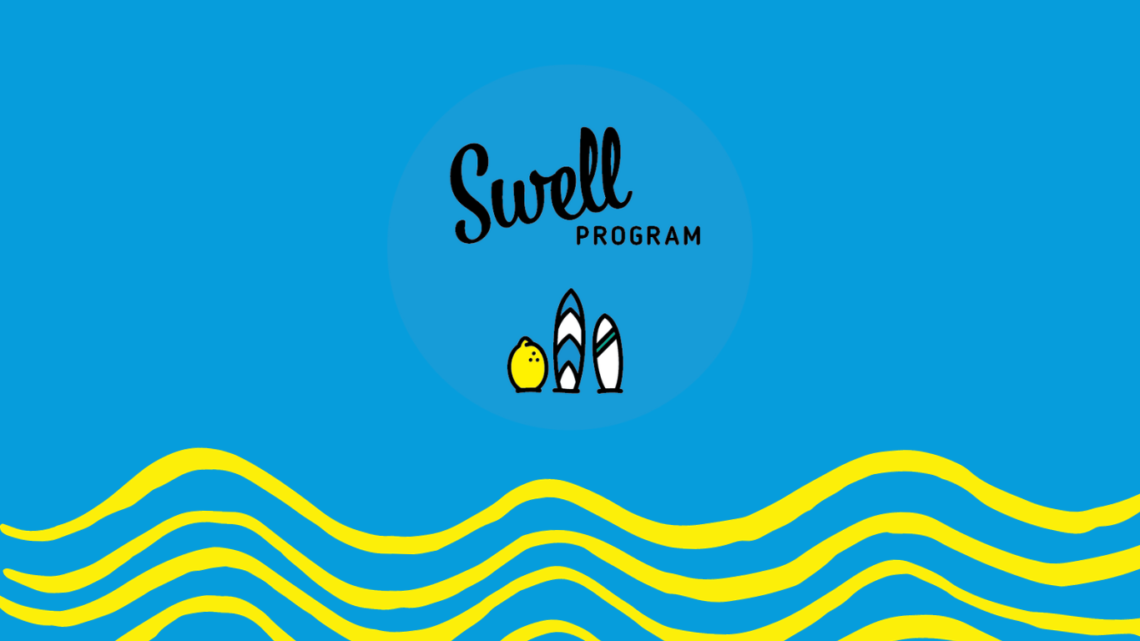The Federal Government has introduced the JobKeeper payment to enable conronaviris effected businesses to retain staff.
Eligible businesses can claim $1,500 per fortnight per eligible employee for a six month period commencing 30th March 2020. The first claims can be made in the first week of May 2020
How do I know if my Business is Eligible?
To be an eligible business you must
- Have been carrying on a business in Australia on 1 March 2020 AND
- Have suffered a decline in turnover of 30% compared to the same month or quarter in 2019
How do I measure decline in turnover?
Turnover is defined according to GST purposes – it will include your Australian based revenue from taxable and GST free supplies.
You must assess the impact that Covid-19 has had on your business by comparing actual turnover to the same period last year.
The periods that you can compare are:
- A calendar month (any month from March 2020 to September 2020) OR
- A quarter (April – June 2020 or July – September 2020)
The amount of reduction in turnover that you must satisfy for one of the above periods is 30% for small businesses
Once you have satisfied the reduction in turnover test there is no requirement to continue to satisfy the test. I.e. if you satisfy the reduction in turnover for the month of March and business income recovers in July, you can continue to claim the JobKeeper subsidy for the remainder of the scheme period.
You cannot start claiming until your business has satisfied the reduction in turnover test – you can enter the scheme at the start of the period that this is satisfied. e.g. If your business satisfies the reduction of turnover test in the September quarter, you can enter the scheme commencing from the month of July and participate in it until the end of the scheme. You won’t however be able to claim ‘back payments’ for the period April to June.
You can use an estimate of projected turnover to apply – however you will be required to qualify on actual results. The ATO has announced that there will be some tolerance for error when using projected turnover however what the tolerance threshold is and how this will be applied has not been disclosed.
If you’re a new business or have significantly changed business conditions since last year
Sometimes comparing turnover now to the same period last year is not a good reflection of how Covid-19 has impacted your business. Similarly if you were not in business last year, you may not have any comparative turnover figures to compare to.
The ATO will have discretion to consider additional information and determine an alternative test to calculate revenue reduction. We currently have no guidance as to how this will apply or how businesses can request an alternative test.
Once you’ve satisfied the 30% reduction in turnover test – you will need to ascertain which employees you can claim for
Who are Eligible Employees?
Not all employees will be eligible for JobKeeper payments – it is up to you the employer to determine eligibility under the following criteria:
- Must be employed on or before 1 March 2020 AND
- Be at least 16 year of age
- Be an Australian citizen, the holder of a permanent visa, or Special Category (Subclass 444) Visa Holder
- Were a resident of Australia for tax purposes
- Be employed either full-time, part-time or long-term casual basis
- Not be in receipt of a JobKeeper Payment from another employer
Employees will NOT be eligible if they receive:
- Governement parental leave
- Dad and partner pay
- Workers compensation and performing no duties
- Casual with less than 12 months service with you as employer
If you have terminated an employee after 1 March 2020 you can rehire them however there is no entitlement to recover any redundancy payment previously made.
How much can I collect under JobKeeper subsidy?
JobKeeper is paid at a fixed amount of $1500 per eligible employee per fortnight. Before you can claim there are some requirements on your business.
- You must have paid at least $1500 before tax per eligible employee per fortnight through your payroll system
- The first two fortnights that payments should be made if claiming for the whole six months of the scheme is
- 30th March to 12th April
- 13th April to 26th April
- You have to make these payments in the month prior to submitting a claim
- If your business does not have the cashflow to make these payments it is up to you to apply to your bank to see what funding is available, there is no allowance for payment after a claim is made
- You will have until 30th April to make any back-payments for the first two fortnights
- The first two fortnights that payments should be made if claiming for the whole six months of the scheme is
What if my employee doesn’t normally earn $1500 per fortnight?
Under the JobKeeper scheme you MUST pay the full amount to the employee. This applies even if they don’t usually earn this amount.
However, you do not need to pay superannuation on the ‘top-up’ amount over their normal earnings.
What if my employee earns more than $1500 per fortnight?
You need to continue to pay your employee their usual salary or wage. This means that if they normally earn more than $1500 per fortnight you need to continue to pay them their normal wage. Superannuation will continue to apply as per usual employment requirements.
What if i’ve stood my employees down?
If you’ve stood your employee down you still need to pay them the minimum of $1,500 per fortnight however there is no requirement to pay superannuation on the payment.
If a employee on stand down normally earns more than $1500 per fortnight there is no requirement to top-up their payment to their normal earnings amount – you are simply required to ensure that they are paid at least $1500 per fortnight
What about PAYGW – do I need to withhold tax on payments to my employees?
Yes, you need to ensure that you withhold the relevant tax based on the payments made to employees.
The minimum payment you must make is $1500 per fortnight less tax
How do I process ‘top-up’ payments or payments to employees that have been stood down?
Whilst there is limited information on how the ATO wants these amounts reported it has been suggested that an Allowance pay item be created. This item should be marked as follows
- PAYGW applicable
- Exempt from Superannuation Guarantee
- Reportable at W1 on Activity Statement
How are JobKeeper payments received treated in my business?
Amounts received under the JobKeeper scheme are assessable income to your business. Like other wage subsidies these amounts will form part of your business’ income however do not attract GST.
We suggest that a new account code be created under ‘other revenue’ with a BAS Excluded GST code and amounts received coded here.
What if I don’t pay my employees their JobKeeper payment?
There are severe penalties for not adhering to your requirements under the JobKeeper scheme including not paying your employees their full entitlements. You could face penalties for each contravention of $12,600 if you’re an individual and $126,000 for corporations. Additional penalties could also apply under the Commonwealth Criminal Code.
Do I need to include all my eligible employees in the scheme if I register?
Treasury have stated that it is ‘one in, all in’ meaning that if an employer wishes to register and claim, they cannot pick and choose which of their eligible employees will participate in the scheme.
However, the Rules do not clearly reflect this approach. It’s unclear what the consequence would be if an employer failed to make the required payments to a single employee and whether this would taint the claim for all employees.
I’m a sole trader – can I apply?
Yes, sole traders and some other entities (such as partnerships, trusts and companies) may be entitled to a JobKeeper payment under the business participation entitlement.
There is a limit of one eligible business participant per entity, this means for partnerships, companies and trusts that only one person can receive a JobKeeper payment if they are not an employee.
How do I apply?
- Register for interest in the JobKeeper Scheme
- An online form will be provided which will need to be completed by 26 April to participate from commencement at 30 March. This form will be available from 20 April.
- Gather 2020 actual and forecast turnover information and 2019 comparison information.
- Review staff for eligibility – Name, TFN, Employment status, length of service, age & residence / citizenship status.
- Inform employees of eligibility for JobKeeper payment via the JobKeeper Employee Nomination Notice – https://www.ato.gov.au/Forms/JobKeeper-payment—employee-nomination-notice/
- Receive employee acknowledgement on the above form and keep it on file and provide a copy to your tax agent.
- The ATO will contact registered businesses and will request evidence of turnover decline and detailed information on employees and their eligibility. At this time discuss trading less than 12 months or other extraordinary trading conditions and seek additional eligibility tests.
- Once assessed and approved by the ATO
- Pay employees via usual payroll – ATO are yet to confirm if this is to be allocated as an allowance
- Report eligibility of employees monthly to ATO – likely through ATO Business Portal via single touch payroll
- Receive the subsidy from the ATO – May 2020.
Key Dates:
If you’re planning to register and claim for April 2020 you need to be aware of the following key dates
- 20th April 2020 – Registration Form available via ATO Business Portal
- 26th April 2020 – Registration form due if claiming for April period
- 30th April 2020 – last date to make up any under-payments to employees for month of April
- 4th May 2020 – Claim process open for month of April
We have put together a worksheet to help employers with the following
- Assess eligibility
- Checklist for each stage of the process based on information currently available
- Links to relevant forms, webpages etc
- Tool to work out the projected impact on revenue in your business
If you would like a copy of this worksheet please contact us and we will get it sent to you.



